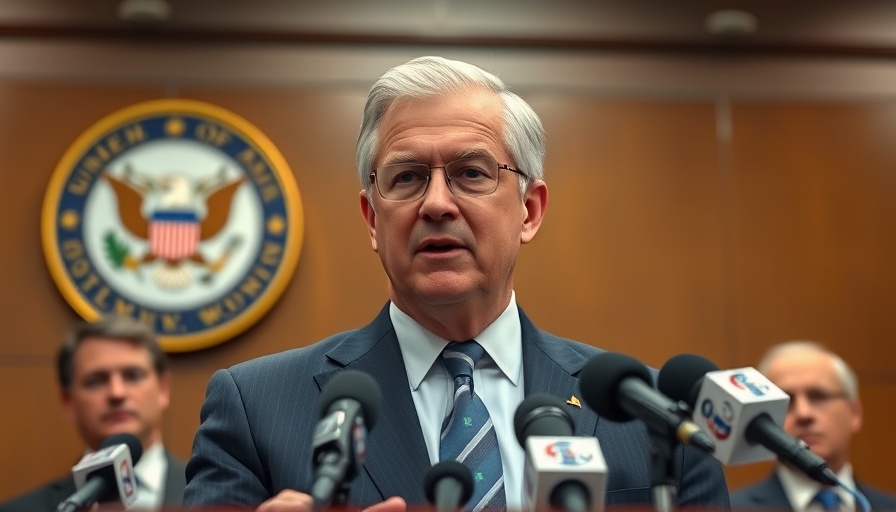
Unraveling the Mystery of Iran's Uranium Stockpile
The world took a deep breath last weekend as news broke that the U.S. had attacked Iran's nuclear facilities, ostensibly obliterating their capacity to produce weapons-grade uranium. However, U.S. officials now acknowledge a crucial detail that raises alarm: they do not know where Iran's uranium stockpile presently resides.
Rafael Mariano Grossi, director general of the International Atomic Energy Agency (IAEA), expressed concern that Tehran's near-bomb-grade uranium may have been relocated just before the strikes. This raises pivotal questions not only about safety and security in the Middle East but also about the efficacy of military actions aimed at nuclear disarmament.
What’s at Stake?
The implications of losing track of such a significant stockpile of uranium cannot be overstated. With an estimated enough material to produce nine to ten atomic weapons, the potential for Iran to revive its nuclear ambitions looms larger. Vice President JD Vance highlighted that while the current conditions have derailed Iran's weapons program, their ability to create nuclear arms could still resurface if the uranium is left unmonitored.
The Aftermath of the Strikes: Assessing Damage and Intelligence
The U.S. military's precision strikes on critical infrastructure, including the fortified Fordo enrichment plant, were anticipated to deliver a decisive blow to Iran's nuclear capabilities. Defense Secretary Pete Hegseth provided updates that while the sites suffered significant damage, the extent of that damage remains ambiguous. Satellite images revealed multiple penetrations into the facility, indicative of a powerful assault. However, these strikes prompted strategic movements from the Iranian regime, which reportedly relocated their equipment and stockpiles in anticipation of U.S. military action.
Understanding the Current Landscape and Future Predictions
As Iran’s tactics evolve in response to military pressures, analysts predict that conventional military options may not suffice to deter their ambitions. The unpredictability of Tehran's strategic decisions poses a substantial challenge for international diplomacy. Should Iran regain access to their uranium deposits, experts fear that they could rapidly accelerate their nuclear capabilities.
Engaging the International Community
The handling of Iran's uranium stockpile is not solely a U.S. issue, but one that affects global security. Countries around the world, particularly those involved in the 2015 nuclear deal, face the task of navigating this convoluted landscape. The collective approach can serve as a deterrent against nuclear proliferation while fostering dialogue that emphasizes de-escalation and trust.
Call to Action: Staying Informed and Engaged
As developments unfold regarding Iran’s nuclear situation, it's crucial for citizens to stay informed about international relations and their impact on global security. Engaging with verified news sources helps ensure that individuals understand the complexities involved, contributing to informed discussions in communities and beyond.
In conclusion, while military strikes offered a momentary sense of security, the unclear state of Iran's uranium stockpile highlights the ongoing risks and uncertainties that remain in international relations. The global community must collaborate to chart a course towards lasting peace and accountability.
 Add Row
Add Row  Add
Add 




 Add Row
Add Row  Add
Add 

Write A Comment